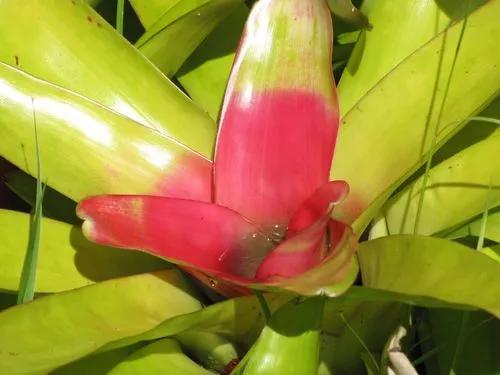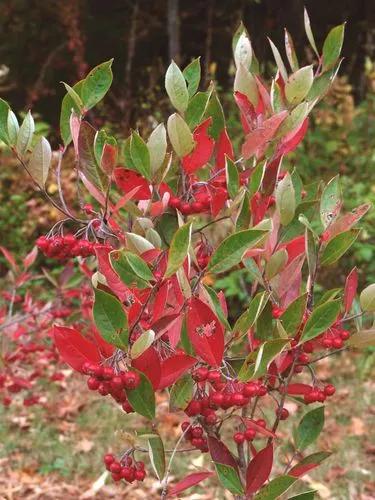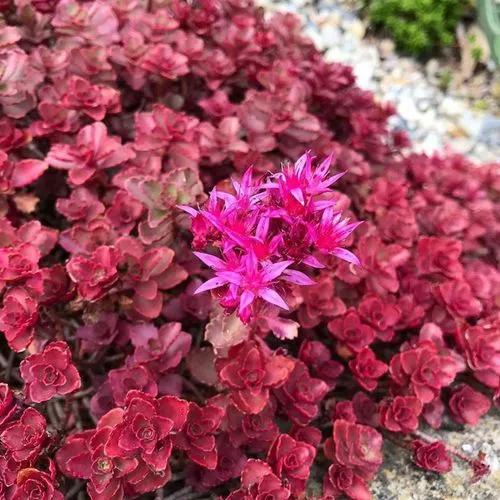Aubrieta is a genus of about 20 species of flowering plants in the cabbage family Brassicaceae. It originates from southern Europe east to central Asia but is now a common garden escape throughout Europe.
Aubrieta Care
Aubrieta spp.
Other names: False Rock Cress



Aubrieta is a low, spreading plant, hardy, evergreen and perennial, with small violet, pink or white flowers, and inhabits rocks and banks. Plants have a very small footprint, and can establish a deep root system in the soil behind a retaining wall, while foliage and flowers can spread up to 18 inches or more wide, giving the appearance of a living wall. Aubrieta plants also provide good erosion control on hillsides, and attract butterflies with their prolific spring flowers. The genus is named after Claude Aubriet, a French flower painter.
How to Care for the Plant

Water

Aubrieta plants need a moderate amount of water, but at the same time, they don't like wet feet. Rocky soils that prevent standing water will keep healthy root systems on your aubrieta plants.

Fertilizer

Aubrieta plants grow in lean soil and need no supplemental fertilizer to make beautiful blooms. Occasional watering with compost tea is, at most, all the feeding aubrieta plants need.

Sunlight

Aubrieta plants shine in full sun, but will also grow in partial sun. For best results, grow plants where they will receive at least a half-day of sun. Plants that grow in too much shade will lose their compact, mounded appearance, take on a leggy look, and have sparse flowers.

Soil

Aubrietas like a rocky, alkaline soil, which mimics the soil found in their native alpine habitats. If the pH is low, increase it with the addition of lime. Good drainage is important to prevent root rot. Use gravel, vermiculite, or another non-organic soil amendment that will help drainage without lowering soil pH.

Temperature

Aubrieta plants grow best in the areas with cool summers that mirror their alpine climate. They can be grown in the areas with the lowest winter temperatures down to −34.4°C (−30°F).

Popularity

56 people already have this plant 16 people have added this plant to their wishlists
Discover more plants with the list below
Popular articles






